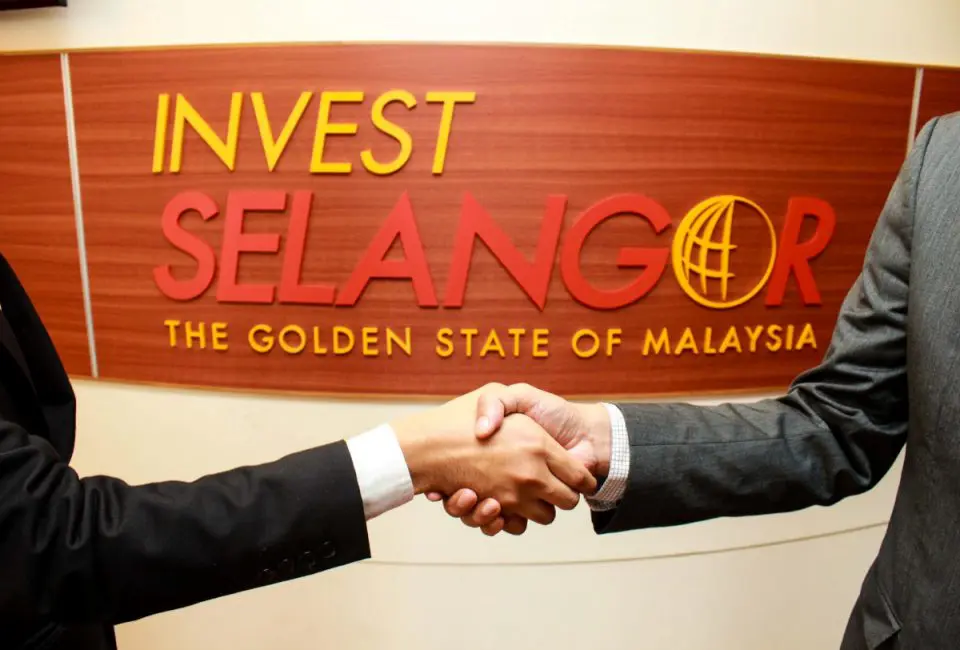KUALA LUMPUR, June 8 — Selangor’s unabated rise to become an Asean business hub is akin to history repeating itself.
Touted as the destination of choice for manufacturing and services players domestically and overseas, the state has been an economic powerhouse in Malaysia for over a decade, and this doesn’t happen by chance.
Invest Selangor Bhd chief executive officer Datuk Hasan Azhari Idris said over the years, Selangor has managed to attract key investments into the country and the state.
Hence, he said the healthy flow of foreign direct investment (FDI) into the state continued to corroborate its status as a preferred destination among investors, despite the various challenges posed by the Covid-19 pandemic.
“On top of the world rankings, economic and investment achievements, Selangor also keeps on developing favourable ecosystems for industries to set up their operations in the state,” he said in an interview with Bernama recently.
With a Gross Domestic Product (GDP) growth of 6.7 per cent in 2019, Selangor was the main contributor to the country’s economy, which grew 4.3 per cent that year.
In 2020, Selangor continued to record economic growth — albeit at a slower pace — of 2.09 per cent amid the overall national GDP contraction of 5.6 per cent, as a result of the pandemic and the ongoing movement control order.
Additionally, Selangor also boasts about 3.6 million workforce, who are largely skilled and multilingual.
“This is also another advantage to foreign companies, especially for those that are planning to use Selangor as their gateway to Asean markets,” he noted.
Aside from that, Hasan Azhari added the state also offers well-established value chains within numerous industries, structured connectivity offline and online, and excellent support by the state to complement Malaysia’s numerous Free Trade Agreement (FTAs).
“Selangor’s strategic location, served by two major international airports and the 12th busiest container port in the world (Port Klang) and multiple advanced domestic rails, roads and air links to economic hubs within the country, makes the state as one of the most attractive business hubs to connect investors to Asean and global markets,” he said.
He said currently, Selangor is focusing on five different core industrial clusters, which are Electrical & Electronics (E&E), Life Sciences, Food & Beverages (F&B) Manufacturing, Transport Equipment, and Machinery & Equipment to strengthen its economy.
“Within these five core clusters, we are able to identify and further develop sub-industries — from aerospace, halal F&B products to pharmaceuticals — which have the highest potential to drive economic growth exponentially for the immediate period as well as for the future.
“In addition, attracting quality investments into these clusters will add value for the people and the state by matching the suitable employment opportunities with fresh graduates, enhancing the state’s human capital, as well as enabling the exchange of technologies,” he explained.
Citing data from the Malaysian Investment Development Authority (Mida) from 2016 to 2020, he said the E&E sector remained as one of the key sectors that had received inward investment in the state with a total investment of RM8.8 billion.
This was followed by the Transport Equipment sector, which includes sub-sectors such as aerospace industries, with a total investment of RM5.8 billion.
Selangor has also consistently attracted investors in the F&B sector, with investments worth around RM1 billion annually, and totalling RM5.5 billion over the five-year duration.
“Interestingly, in the last three years, a new interest in the paper products industry has emerged in the state, which resulted in an investment valued at RM15 billion.
“At the same time, with the current pandemic situation, rubber gloves and medical-related products manufacturers within the state have also expanded their operations and invested significantly. In 2020, the investment in rubber products alone amounted to RM1.4 billion in Selangor,” he added.
Nationally, Malaysia ranked 12th out of 190 economies in The World Bank’s “Doing Business 2020” report.
The country also ranked second in Trade and Connectivity in Southeast Asia and is in the Top 3 Asean Countries by GDP, according to The International Monetary Fund 2019.
Meanwhile, Malaysia ranked fourth for the most favourite place for expatriates by the InterNations Expat Insider 2021 Survey (Expat’s favourite).
He said these achievements were reflected in Mida’s annual report, which showed that Malaysia recorded FDIs of RM64.2 billion (US$15.5 billion) in 2020, despite the current global pandemic situation.
Selangor, in particular, was the top investment destination in Malaysia for the third consecutive year with total investments of RM18.4 billion (US$4.5 billion) last year.
“To boost its profile further, Selangor organises a regional business summit, the Selangor International Business Summit (SIBS), annually.
“SIBS is a premier regional forum and one of the key global trading hub initiatives by Selangor to connect current and potential businesses and investors who are seeking to do business and to connect to Asean and the international market,” he concluded.
— Bernama





